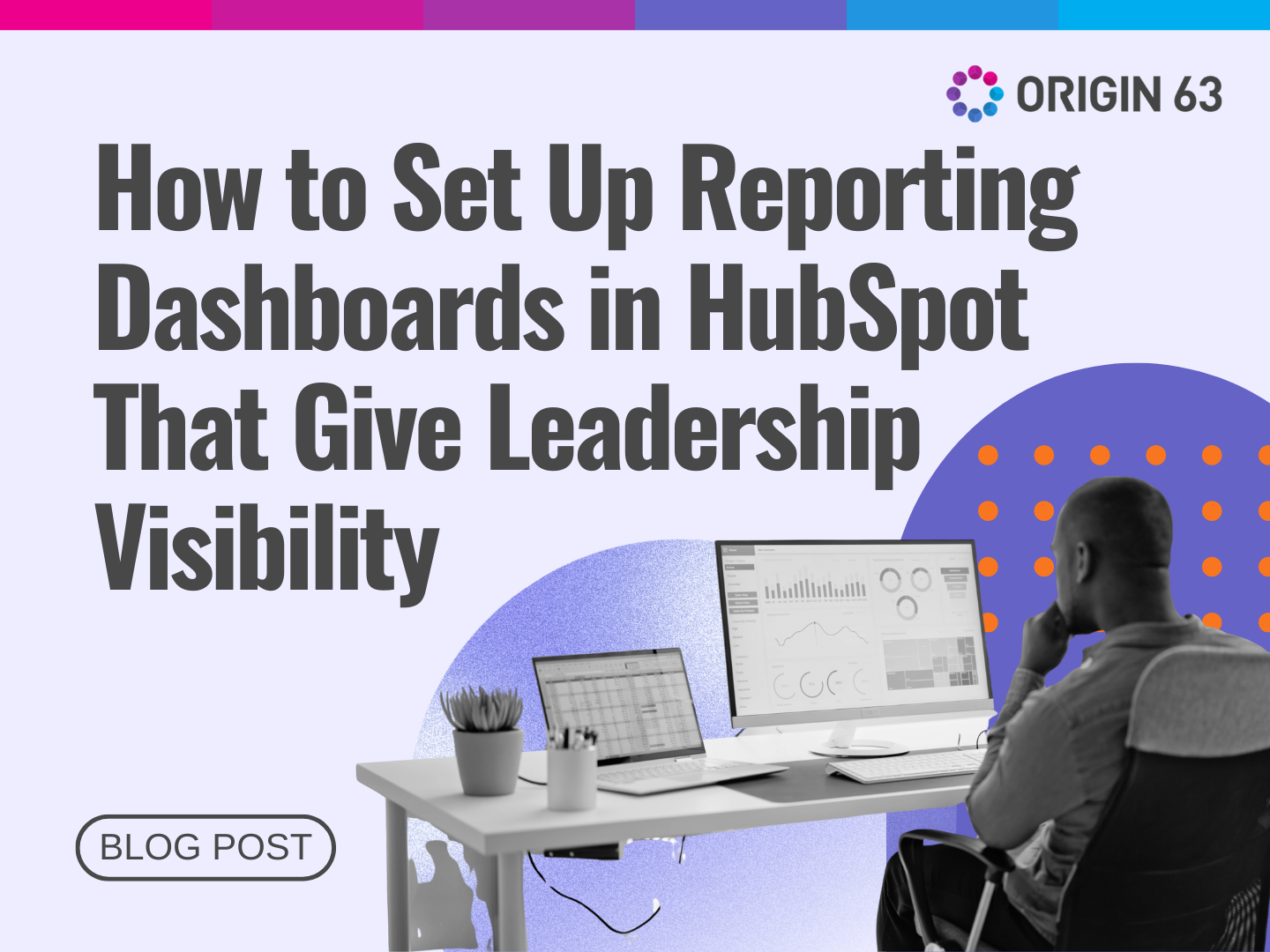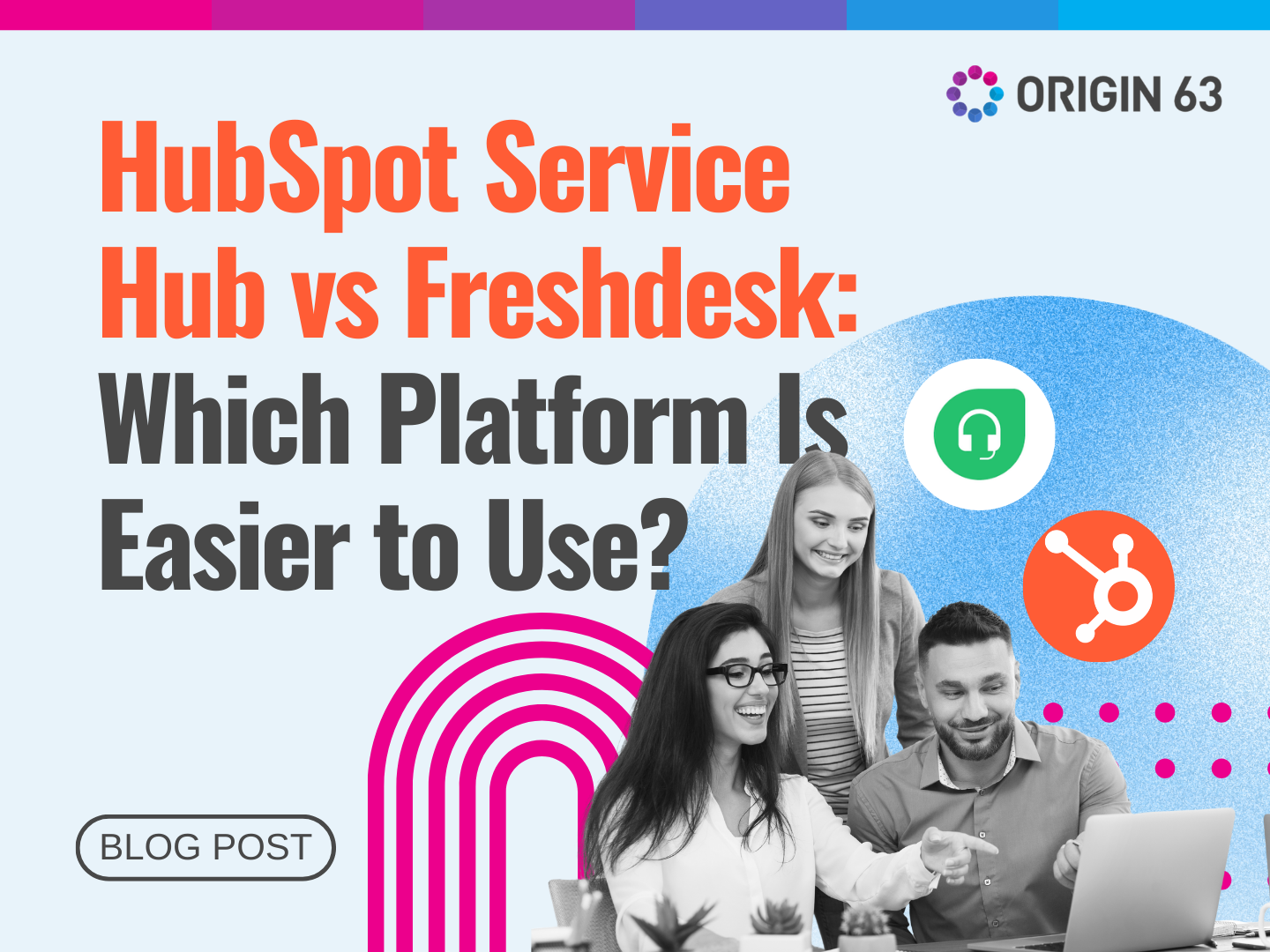Finding the right customers can feel like panning for gold — sifting through a mass of potential leads to find the truly valuable ones. Prospectors wouldn't waste time on every pebble, so you shouldn't treat every lead the same.
Focusing on low-quality prospects can drain your resources and make you miss the best opportunities.
This guide will show you how to identify and target the most promising leads so you can streamline your sales process and boost your success.
What Is a Lead?

A lead is a person who has expressed initial interest in your company's offerings. They've provided their contact information, indicating they're open to learning more and potentially becoming customers.
People usually become leads for a company by submitting their information through a form or sign-up process.
For example, they might download content from your website, such as an e-book or white paper, and enter their email address. They could also sign up for your email newsletter or request a product demo.
Once you have a person's contact information, you can personalize communications by sending targeted emails and content based on the lead's interests and behaviors.
You want to nurture the relationship and guide them through the sales process. The lead typically enters into the first three stages of this process before becoming a customer:
The Lifecycle of a Lead
- Awareness: The lead becomes aware of your product/service and their potential need for it.
- Consideration: The lead is actively evaluating your offering and comparing options.
- Decision: The lead decides whether to purchase your product/service.
Companies track leads through this lifecycle using their customer relationship management (CRM) system and marketing automation tools.
Why Do You Need Quality Leads?
Not all leads are created equal. Some are more likely to purchase from you than others.
Focusing on high-quality leads – those who closely resemble your ideal customer profile and actively demonstrate interest – significantly boosts your sales efficiency.
These leads are far more likely to convert into paying customers than those with lukewarm interest or a poor fit. Prioritizing quality leads ensures your marketing and sales efforts deliver the greatest impact.
What Is Prospect Mining?
Prospecting is actively searching for and identifying potential customers who are a good fit for your products or services. It involves connecting with these leads, understanding their needs, and determining if they would benefit from your offering.
The main goals of lead prospecting are:
- Finding new leads who may not know about your company yet
- Qualifying leads to see if they are an excellent potential customer
- Generating interest and presenting your offering to qualified leads
- Converting prospective leads into paying customers
Effective prospecting lets you focus your sales efforts on suitable leads—those whose challenges and interests align well with your solutions. This ensures you're reaching out to contacts who are more likely to see value in what you provide.
Unlike broader lead generation, prospecting is typically a short-term, targeted approach by sales reps to quickly identify, qualify, and pursue promising leads through the sales pipeline.
Prospecting allows you to book more meetings and demos with high-potential leads. These "good fit" leads tend to convert better and remain customers longer than poorly matched prospects.
Top Prospect Mining Strategies

You'll want to leverage inbound and outbound prospecting strategies to find and pursue the most promising potential customers. Inbound tactics attract prospects to you, while outbound involves proactively reaching out to targets.
Inbound Strategies
Imagine a magnet steadily drawing prospects toward your business. That's the essence of inbound prospecting. You create valuable content, like informative blog posts, engaging social media content, or downloadable resources.
This valuable content positions your company as a thought leader and attracts potential customers actively searching for solutions to their problems.
When they engage with your content, they become leads, often submitting their contact information in exchange for the download.
These are some examples of inbound strategies:
1. Content Marketing
Content marketing creates valuable, relevant content—blog posts, informative videos, and downloadable guides—that attracts your target audience.
The goal is to drive profitable customer action by establishing your brand as a thought leader in your industry. It’s beneficial, considering 96% of prospects do their research before talking to a human sales rep.
2. Social Media Marketing
Social media marketing lets you connect with your target audience online with platforms like LinkedIn and Twitter. You can share engaging content, participate in industry discussions, and build relationships that nurture brand loyalty and convert followers into customers.
3. Search Engine Optimization (SEO)
SEO is like a map and compass for your website. It optimizes your website content with relevant keywords, and by building a strong online presence, you improve your search engine ranking.
It ensures potential customers searching for solutions you offer can easily find you, driving organic traffic to your website.
Outbound Strategies
Inbound prospecting is fantastic, but sometimes you need to be proactive. Why? 82% of buyers agree to meetings when a salesperson makes the first contact.
Enter outbound prospecting, where you directly reach out to potential customers who might not be actively searching for you yet still represent a good fit for your offering.
Here are some of the most common outbound prospecting techniques:
1. Cold Calling
Cold calling is a classic outbound prospecting technique where you call a targeted list of contacts and introduce yourself, your company, and your product/service.
The goal is to spark their interest, generate leads, and ultimately schedule a follow-up conversation. It requires a well-honed script, a persistent attitude, and the ability to capture attention quickly.
2. Cold Emailing
Think of cold emailing as a digital version of the elevator pitch. Instead of a phone call, you're reaching out to potential customers via email. More sellers are using this strategy because 66% of buyers prefer to be contacted via email.
This allows for a more targeted approach, crafting personalized messages tailored to each prospect's needs and challenges.
Cold emails should quickly grab the recipient's attention, highlight the benefits of your product/service, and encourage them to take the next step, whether scheduling a call, visiting your website, or requesting a demo.
3. Social Selling
Social selling leverages the power of social media platforms like LinkedIn to connect with your target audience and build relationships.
You usually engage with your target audience by sharing relevant industry content, participating in discussions, and contributing valuable insights. It helps you build relationships and position yourself as an expert.
5 Steps for Effective Prospect Mining

The right approach helps you transform your prospecting efforts from a scattered search to a laser-focused mission. Here are five essential steps to ensure you're mining the most promising leads and maximizing your sales success:
1. Know Your Target
Before reaching out, invest time researching your prospects to qualify them as potential customers. Why? 67% of lost sales happen because sales reps don't properly qualify potential customers before starting the full sales process.
This goes beyond basic information. Delve into the leads’ business, industry trends, and the specific challenges they might face.
This research will help you determine if they are a good fit for your product or service and how you can best address their specific needs.
Here are some points to consider:
- Can you realistically see this prospect becoming a customer?
- Do they have the budget, authority, and need for your offering?
- Based on your research, how likely will they convert into a paying customer?
2. Prioritize Your Prospects
Some potential customers are more likely to purchase than others. To use your time efficiently, implement a scoring system to prioritize prospects based on factors like their industry, company size, and budget.
Higher scores indicate prospects that closely match your ideal customer profile. Focusing your efforts on these high-scoring leads increases your chances of connecting with those most likely to convert into paying customers.
The specific criteria you use to prioritize will depend on your role, industry, and company's preferences.
However, the general process involves creating different "buckets" or categories for prospects based on fit. Then, focus your outreach on one bucket at a time, starting with the highest priority.
3. Craft a Personalized Pitch
Forget generic sales pitches. Craft personalized messages that resonate with each prospect's specific needs and challenges. 89% of marketers experience a positive return on investment (ROI) when personalizing their campaigns.
Demonstrate how your product or service addresses their pain points and provides tangible value. This personalized approach positions you as a trusted advisor, not just another salesperson.
You should gather in-depth information about your prospects to create an effective personalized pitch. This will help you tailor your outreach and messaging. Here are some ways to learn more about what your prospects care about:
- Check the prospect's blog to see what topics and issues they write about
- Review their social media profiles for recent updates and posts that reveal their interests
- Look at the "About Us" page on their company website to understand their business
- Research their industry, business performance, competitive landscape, and common challenges faced by similar companies
4. Help, Don't Push
The initial outreach is your chance to make a positive first impression. Ditch the pushy sales tactics and adopt a helpful tone focused on the prospect's needs.
Offer valuable insights, ask relevant questions, and demonstrate a genuine desire to understand their situation.
To ensure your outreach is tailored and helpful, not pushy:
- Personalize it by referencing a specific problem/challenge the prospect faces and how you can help.
- Ensure the issue you're addressing is still relevant and timely for them.
- Add human touches like wishing them a happy holiday to build rapport.
- Provide value without asking for anything in return, like offering a free audit.
- Keep it casual. This is just a conversation to explore if you're a mutual fit.
5. Refine and Repeat
Prospecting is a continuous process. Track your results and analyze what works and what doesn't.
After each prospect interaction, assess:
- If you effectively uncovered their key challenges
- Whether you helped define clear goals
- If budget availability was confirmed
- Your understanding of their decision process
- The potential consequences if they took no action
- The results they could achieve by moving forward
Regularly evaluating these factors will highlight which prospecting activities provided value and which were inefficient. Use these insights to refine your approach, optimize your outreach methods, and improve your overall prospecting over time.
The Role of CRM in Lead Management
An effective Customer Relationship Management (CRM) system is essential for efficiently managing your lead pipeline and prospecting activities. HubSpot's CRM offers powerful lead management and prospecting capabilities to streamline your sales process.
Overview of HubSpot’s Features and Capabilities

HubSpot provides an all-in-one prospecting workspace for managing all your sales activities, allowing you to turn more leads into closed deals.
1. Streamlining Lead Data with HubSpot CRM
Instead of juggling multiple systems, HubSpot consolidates all your lead and contact information in a single database. This centralized access to comprehensive data enables informed decision-making throughout the sales cycle.
2. Centralized Lead Information for Informed Decision-Making
Your sales reps can view a lead's complete profile, including details on their company, interactions with your business, and any notes or activities associated with them.
Having this holistic context at their fingertips empowers reps to personalize their approach and prioritize suitable leads.
3. Enhancing Productivity with CRM-Powered Workflows
In HubSpot, you can set up customized lead stages, making it easy to track where potential customers are in your sales process at a glance. You can see which leads are just getting started versus those nearly ready to purchase. Here’s how:
Tailor Lead Stages
HubSpot lets you tailor your lead stages to match your company's unique sales cycle and terminology. Rather than generic stages like "New Lead," you can rename them to align with your business, such as "Subscriber," "Evaluating," "Ready to Buy," and so on.
You can add extra micro-stages or consolidate stages to create a flow accurately reflecting your real-world sales journey.

Lead Flow Automation
Then, you can use HubSpot's automation of lead stage progression. Set up triggers based on a lead's behaviors and interactions with your company.
For instance, if a lead attends a webinar or downloads a pricing guide, their stage could automatically update to "Ready to Buy."
The system will automatically progress leads to the next appropriate stage once they meet your defined engagement criteria.
This streamlines your pipeline management, surfaces prioritized follow-ups for your team and keeps everything flowing smoothly without constant manual intervention.
4. Making Lead Management Intuitive for Teams
HubSpot's CRM has an intuitive, user-friendly interface that makes managing leads a seamless experience for your marketing and sales teams.
The clean layout and straightforward navigation allow reps to quickly access the necessary information and tools without getting bogged down.
Common lead management tasks, such as updating a lead's status, logging interactions, and creating follow-up tasks, are just a click or two away.
This ease of use helps drive adoption across your organization, empowers teams to qualify efficiently, and progresses leads through your sales cycle.
5. Aligning Teams for Seamless Collaboration
In addition to streamlining lead management workflows, HubSpot's CRM fosters tighter alignment between your marketing and sales teams. With everything housed in one central platform, it's easy for both teams to collaborate and have complete visibility into lead activity.
Marketers can pass on quality leads to reps with full context about prior interactions, and sales can provide feedback on which lead sources are producing the best opportunities.
This tight integration and free flow of information help marketing and sales operate as a unified revenue team working toward the common goal of converting more leads into customers.
Making the Most of Your Leads
Effective lead management can significantly impact your company's success. Focus on attracting and nurturing high-quality leads that resemble your ideal customer profile. These leads are far more likely to convert into paying customers.
With HubSpot, you'll benefit from a user-friendly interface that makes lead handling intuitive for your teams.
You can customize your lead stages to match your unique sales cycle and automate the progression of leads based on their engagement, ensuring no hot opportunities slip through the cracks.
Invest in optimizing your lead management and watch your sales productivity and success soar.
Optimize Lead Management and Prospecting with Origin 63
Partner with Origin 63 to implement HubSpot's CRM and revolutionize your lead prospecting and management processes.
Our team of experts will help you leverage HubSpot's powerful features to streamline your sales workflows, prioritize high-quality leads, and drive more conversions.
Don't let valuable opportunities slip away. Contact us today.













.png?width=90&height=90&name=Arrows%20Partner%20Badge-test%20(1).png)

